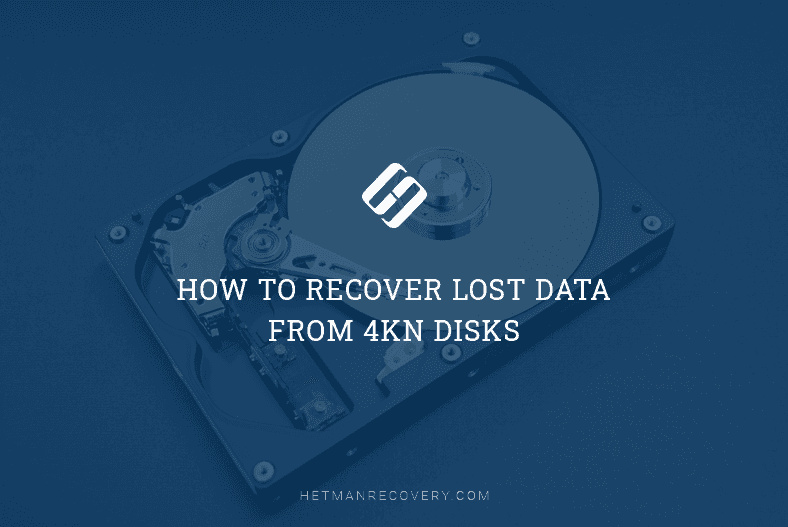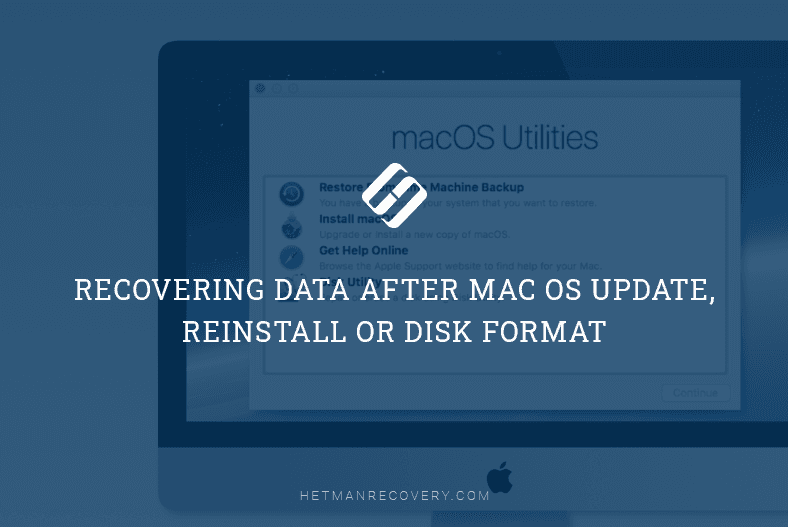Read this article to learn how to boost Google Chrome by disabling unnecessary extensions and plugins, optimizing its settings and interface and so on. With some changes to the extensions enabled in your browser and hidden features, you can improve the browser’s performance considerably.
(more…)- 23 min. reading
- 11





